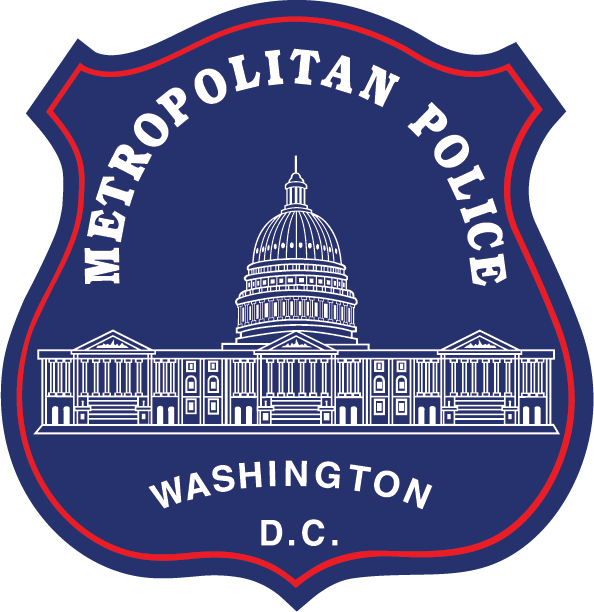Children of all ages can use a guiding hand when it comes to getting to and from school safely. Taking the time to educate your children on how to protect themselves from strangers and to walk or ride public transportation to school will give you peace of mind.
The Metropolitan Police Department is looking forward to a safe school year and wants to help parents ensure their children are well-educated on how to get to and from their school safely.
- Download the Brochure: Going Back to School Safely [PDF]
Walking Safely
- Never run into the street; when you come to the curb, STOP; then look both ways. Never run between cars into the street.
- Be sure to cross the street at a marked cross walk or where the crossing guard is. Only walk when the signal flashes the walk sign or when a crossing guard says it’s okay.
- Walk on the sidewalk, not in the street.
- Wear clothing that allows drivers and people to see you. That means no dark clothes after dark or early in the morning. If you have to be out in the dark, be sure to put reflective tape on your coat.
- Don’t talk to strangers, take anything from them, or go anywhere with them.
- If a stranger approaches you, RUN! Scream! Tell an adult.
- Never take a short cut through the woods or alleys.
- Walk to school with a partner.
- If you see a gun or drugs, stop. Don’t touch it. Tell an adult!
Bike Safety
Teach your kids to:
- Always wear a bike helmet.
- Learn and use the rules of the road — stay on the right side of the road and don’t swerve in and out of the lane.
- Avoid riding your bike when it is dark or almost dark outside. If you do, be sure to have lights and reflectors on your bike.
Bus Safety
Teach your children to:
- Wait for the bus in a safe place, away from traffic and the street.
- Stay away from the bus until it comes to a complete stop and the driver opens the door.
- NOT run into the street in front of or behind the bus.
Car Safety
Make sure that your kids:
- Always wear a seat belt.
- Don’t walk between parked cars.
- Look both ways when crossing an alley — some drivers don’t pay attention when exiting an alley.
Playground Safety
Instruct your children:
- Not to throw sand, wood chips, rocks, or other things that can hurt someone or get in their eyes.
- Not to bring glass containers into the playground.
Home Alone and After-School Safety
- Teach your children not to let anyone know they are home alone. They should never answer the door for strangers.
- Be sure your kids know how to dial 9-1-1 and report a problem. Know their name, address, and phone number.
- Make sure your kids have a list of mom and dad’s work and cell phone numbers and at least one other adult they can call in case of an emergency.
- Explain how to lock and unlock all the doors and windows so that no one can get in and so they can leave if necessary.
- Teach your kids to pay attention to the way things look. If something doesn’t look right (such as a broken front door), tell them not to go inside, but to go to a safe place and ask for help.
What You Can Do About Bullying in School
- Listen to your children. Encourage them to talk about school, social events, other kids in class, and the walk or ride to and from school so you can identify any problems they may be having.
- Children are often afraid or ashamed to tell anyone that they have been bullied, so listen to their complaints.
- Watch for symptoms that children may be bullying victims, such as withdrawal, a drop in grades, torn clothes, or needing extra money or supplies.
- Tell the school or organization immediately if you think that your child is being bullied. Alerted caregivers can carefully monitor your child’s actions and take steps to ensure his/her safety.
- Work with other parents to ensure that the children in your neighborhood are supervised closely on their way to and from school.
More Resources on School Safety
- National School Safety Center — Established by a presidential directive in 1984, the Center provides consulting, education, and resources on ways to protect America’s educational institutions and their students. Also sponsors “America’s Safe Schools Week” each October.
- National Crime Prevention Council — A national advocacy and educational organization devoted to making America’s communities safer. Offers many publications and resources, as well as McGruff® the Crime Dog.
- More School Safety Resources
